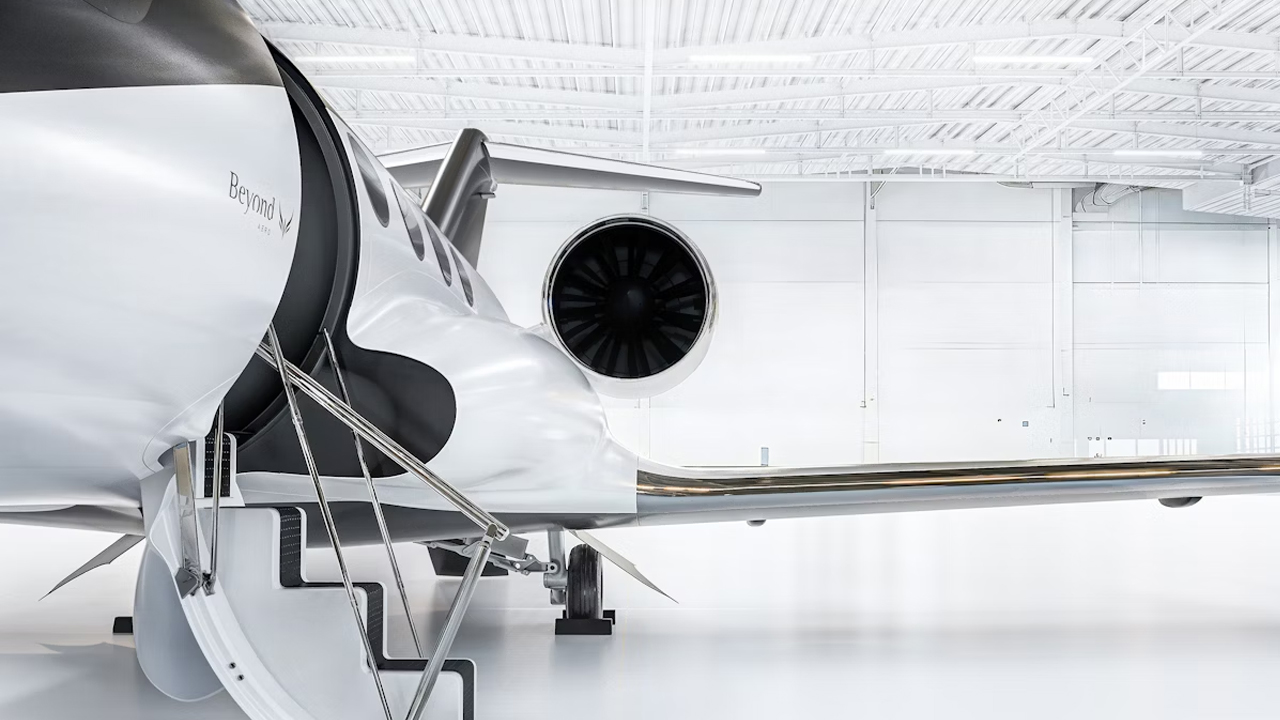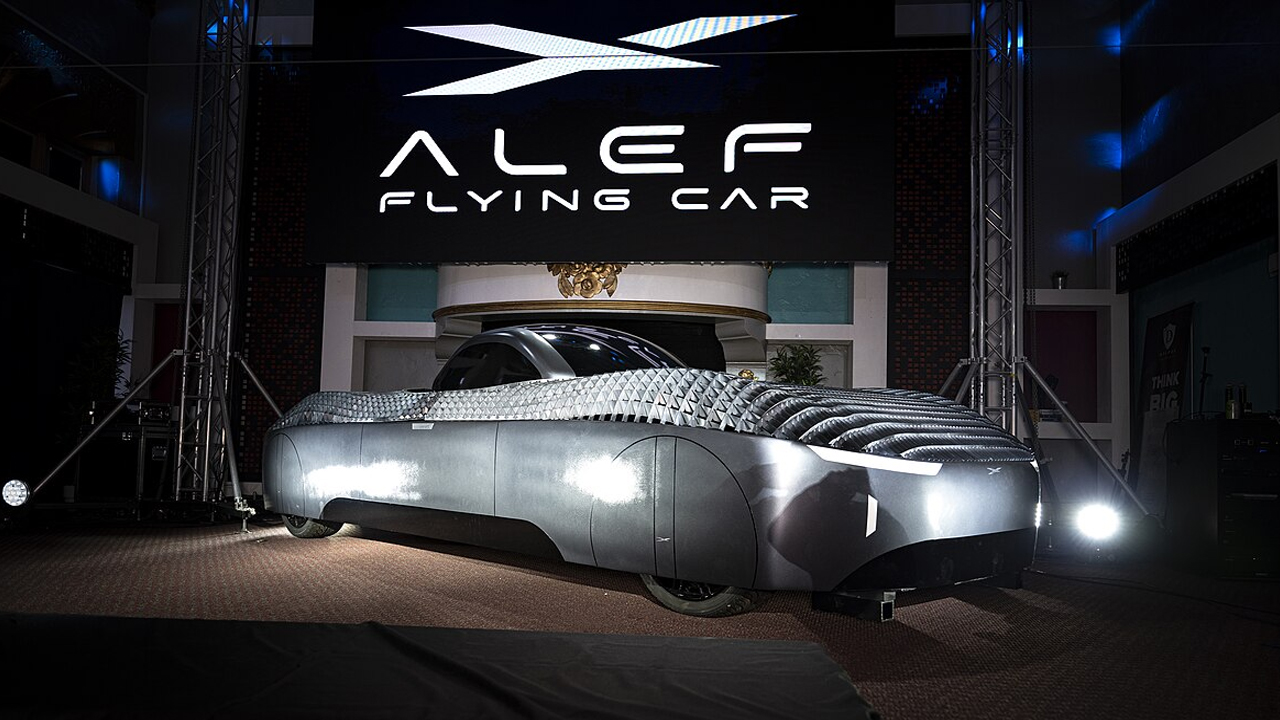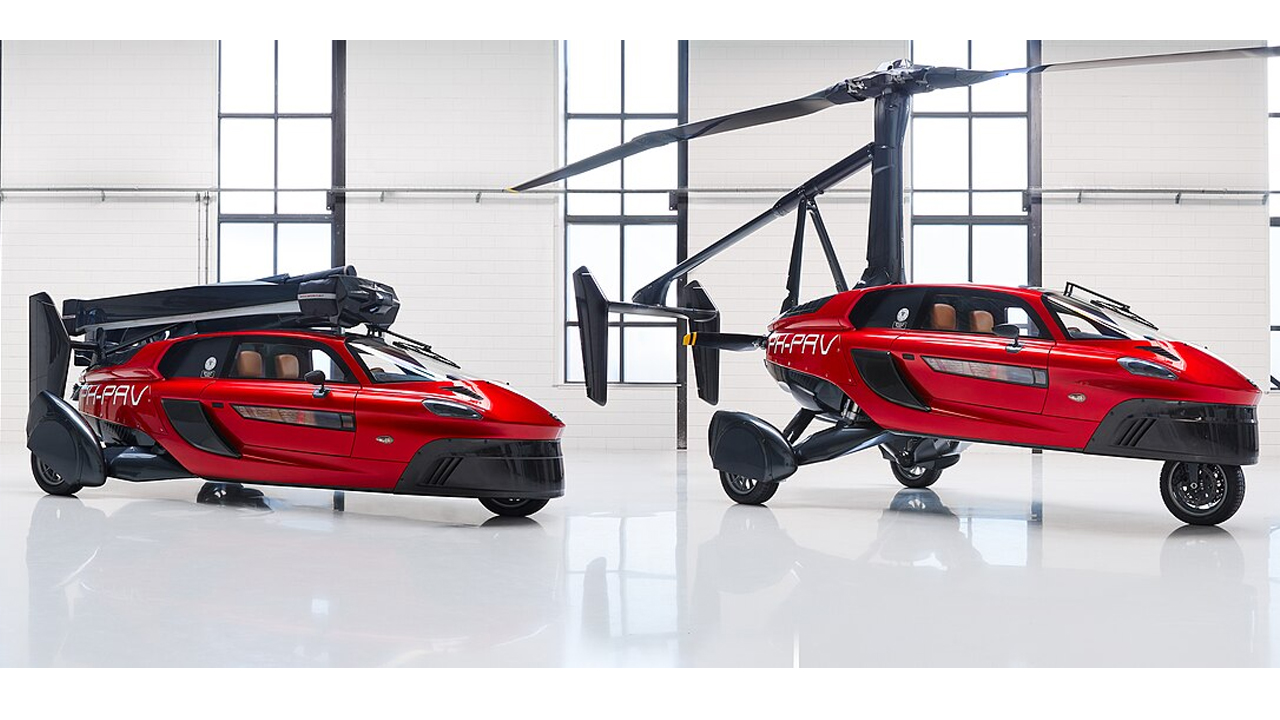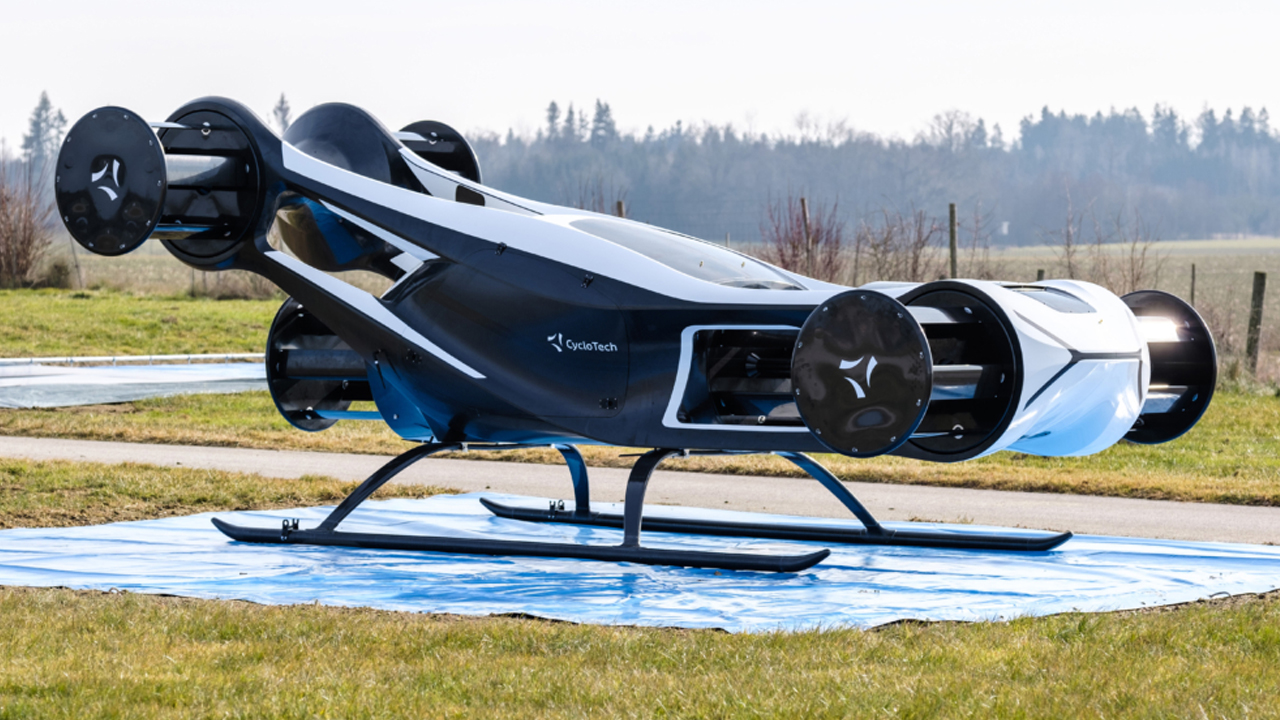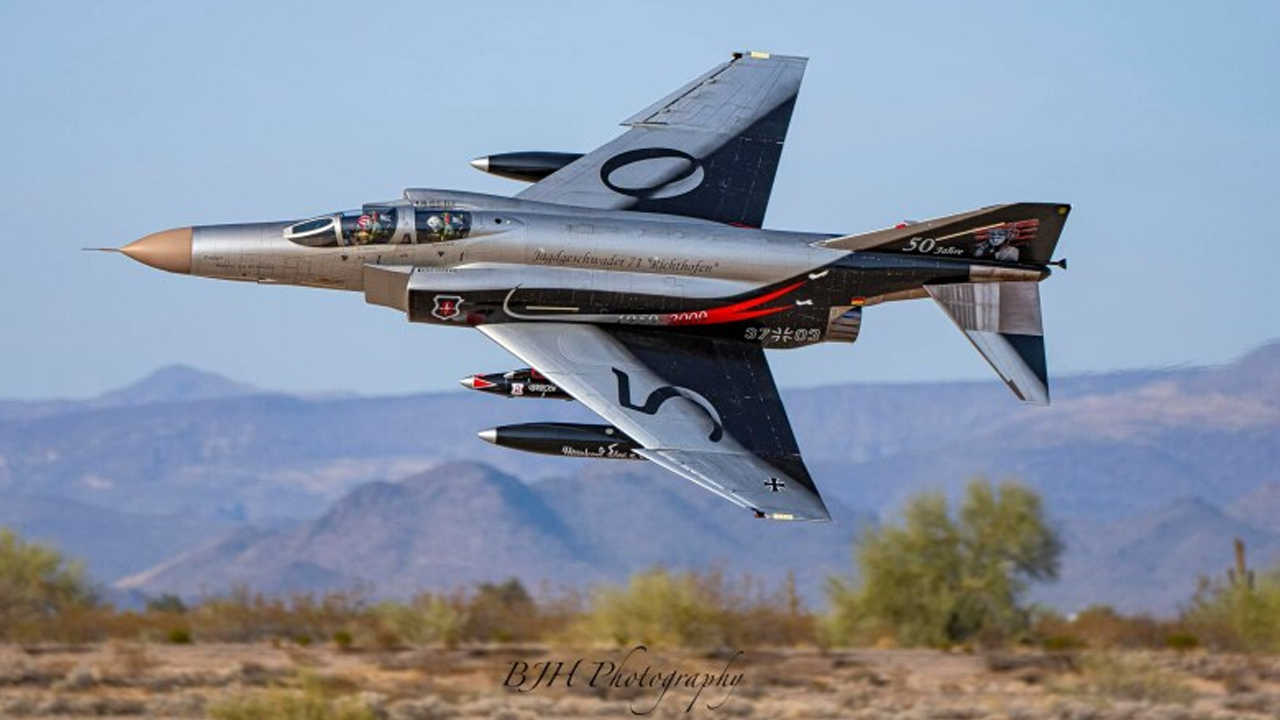Zero-emissions flight isn’t just an idea anymore—it’s actually happening. Hydrogen-electric jets are starting to challenge what we’ve come to expect from air travel, combining clean energy with real performance. With major funding, real test flights, and early demand already in motion, this tech isn’t just experimental—it’s inching closer to reality. Here’s a closer look at how hydrogen-powered jets are quietly shaking up the skies.
Hydrogen-Electric Jets Are Finally Here
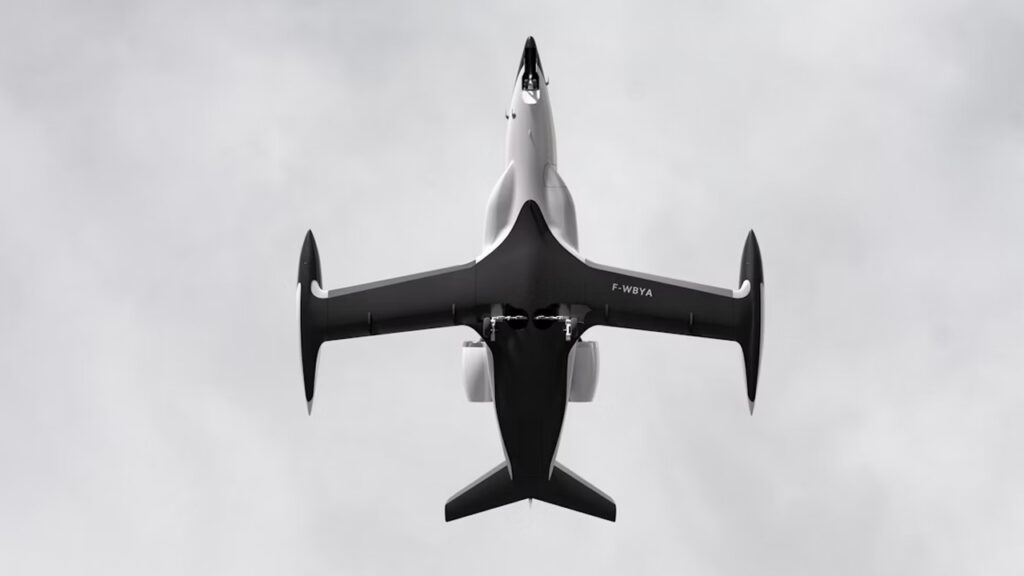
The aviation world is officially getting a shakeup. The BYA-1 from Beyond Aero is leading the charge with a zero-emissions hydrogen-electric jet that’s aiming to hit the skies commercially by 2030. Designed to carry up to eight passengers over 800 nautical miles, it runs without emitting any carbon during flight. And with its lightweight frame and fuel-cell system, it cuts noise by around 15 decibels compared to standard jets—so it’s quieter too (Source: Fox News).
It’s not just about going green—it’s also about cutting down operational costs. Hydrogen fuel has the potential to be far cheaper over time, and with less engine complexity, maintenance costs may drop as well. That’s a win for private jet operators and small airlines looking for long-term sustainability without sacrificing range or performance.
Investors and Early Buyers Are Already on Board

Beyond Aero isn’t just tossing out ideas—they’ve already raised $44 million in funding and locked in letters of intent for 108 jets. That’s nearly a billion dollars in potential aircraft orders, before the plane has even launched. People are betting big on this shift, and it’s looking like hydrogen-electric aircraft are no longer a “maybe”—they’re becoming a serious option (Source: Fox News).
To prove their tech works, they’ve already completed a successful hydrogen-electric manned flight using a prototype in an ultralight aircraft. It was the first of its kind in France. These real-world demos are key, especially when the goal is to transform an industry that’s historically slow to change.
Other Players Are Making Progress Too

Beyond Aero isn’t alone in this race. ZeroAvia, for example, has already built and tested the ZA600, a hydrogen-electric powertrain that can handle 19-seat aircraft. It’s received experimental flight approval in the UK and is getting real traction, with plans to eventually support aircraft made by Airbus (Source: TIME).
Backed by $150 million in funding, ZeroAvia has made it clear that hydrogen is more than just a trend—it’s a cornerstone of where aviation is heading. They’re eyeing commercial adoption in just a few years, pushing both regulators and manufacturers to take clean aviation seriously.
This Isn’t Just About Planes—It’s About the Planet

Aviation is a major source of global emissions, and traditional jet fuel is one of the dirtiest forms of energy still in use. Moving toward hydrogen-electric propulsion tackles that head-on. If jets like the BYA-1 and ZA600 scale properly, they could be key to hitting the industry’s goal of net-zero carbon emissions by 2050 (Source: International Energy Agency).
Cleaner flights also mean better air quality around airports, fewer climate-related regulatory hurdles, and a better public image for airlines. For private jet users, there’s even the added benefit of avoiding criticism for emissions-heavy luxury travel—without giving up the convenience of flying private.
The Future of Flight Is Quietly Taking Off

This might be the moment future generations look back on as the beginning of cleaner skies. With major players investing, prototypes flying, and real tech in place, hydrogen-electric jets are no longer science fiction. They’re the next step in making air travel more responsible—and still just as useful.
The next few years will be crucial. If manufacturers can stick to timelines and scale production, hydrogen-powered aircraft could change regional travel entirely. And if that happens, the shift won’t just affect the aviation world—it’ll change how people think about getting from point A to point B entirely.


